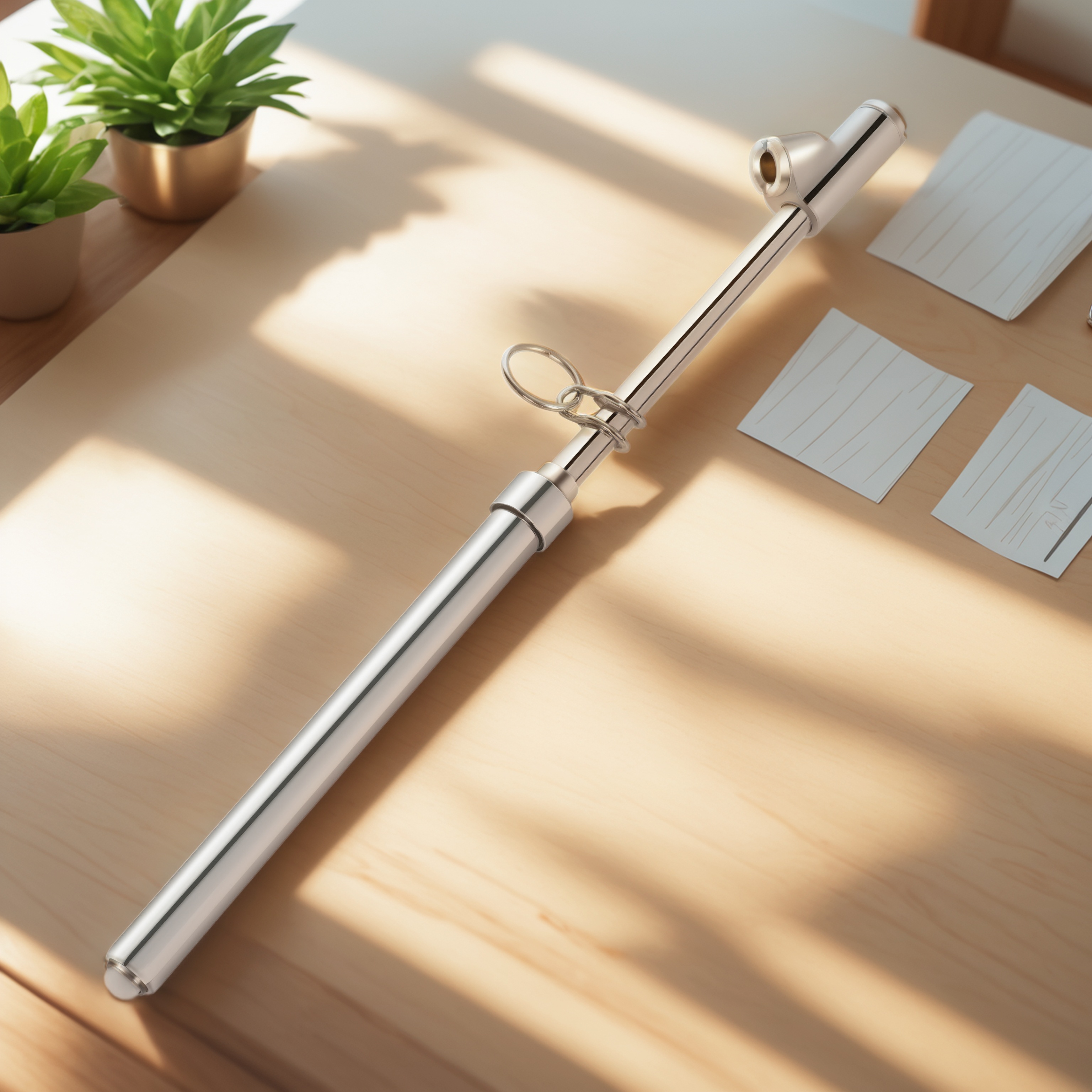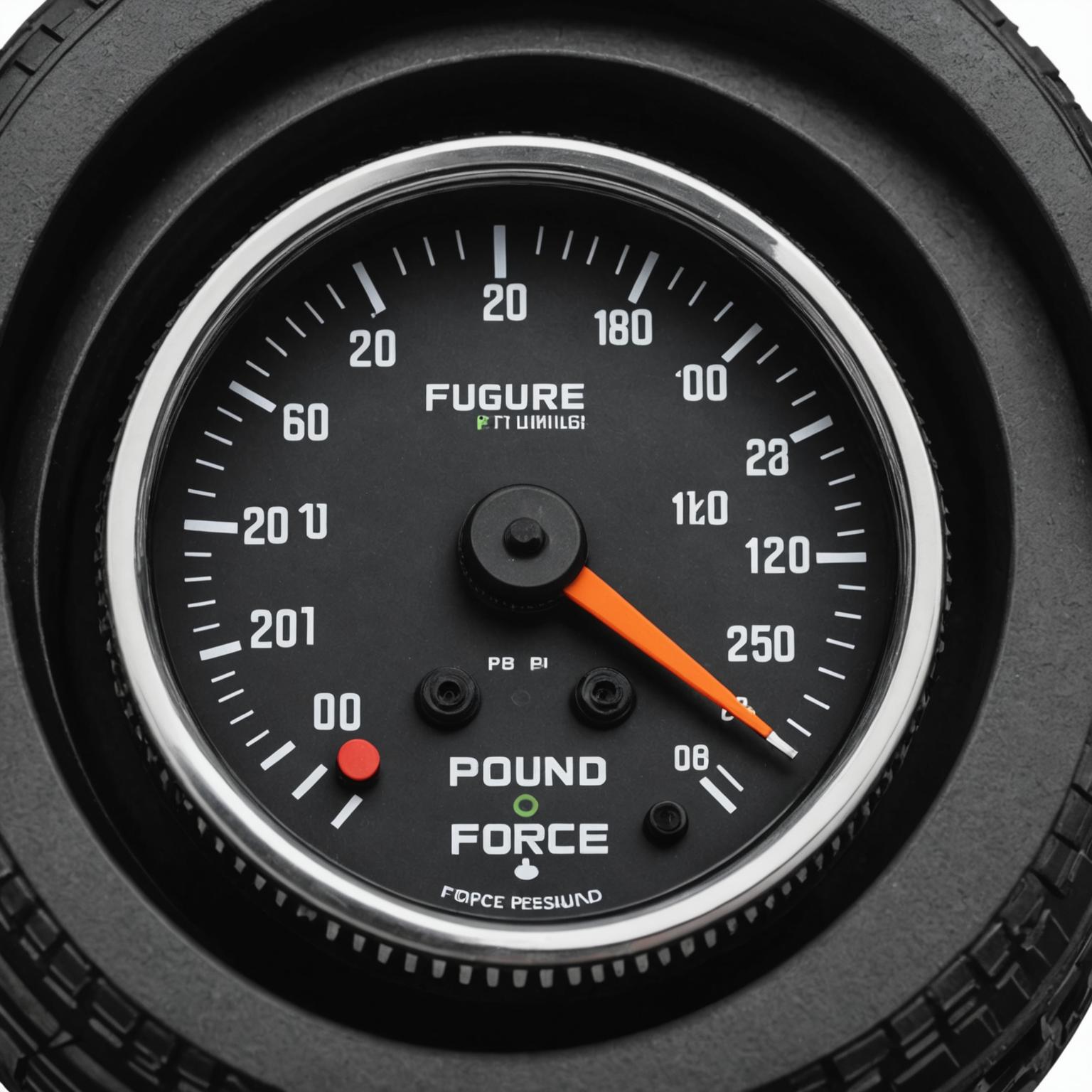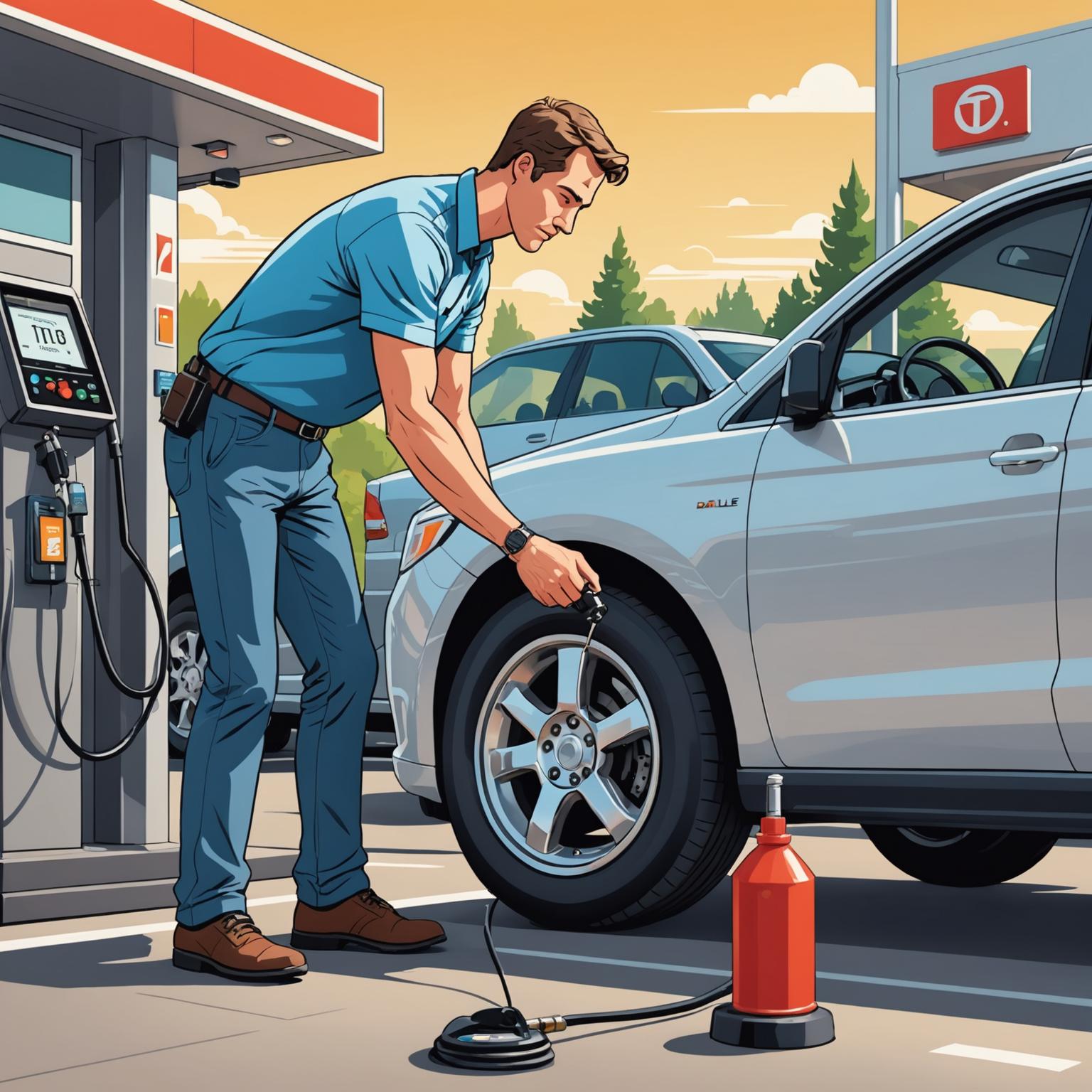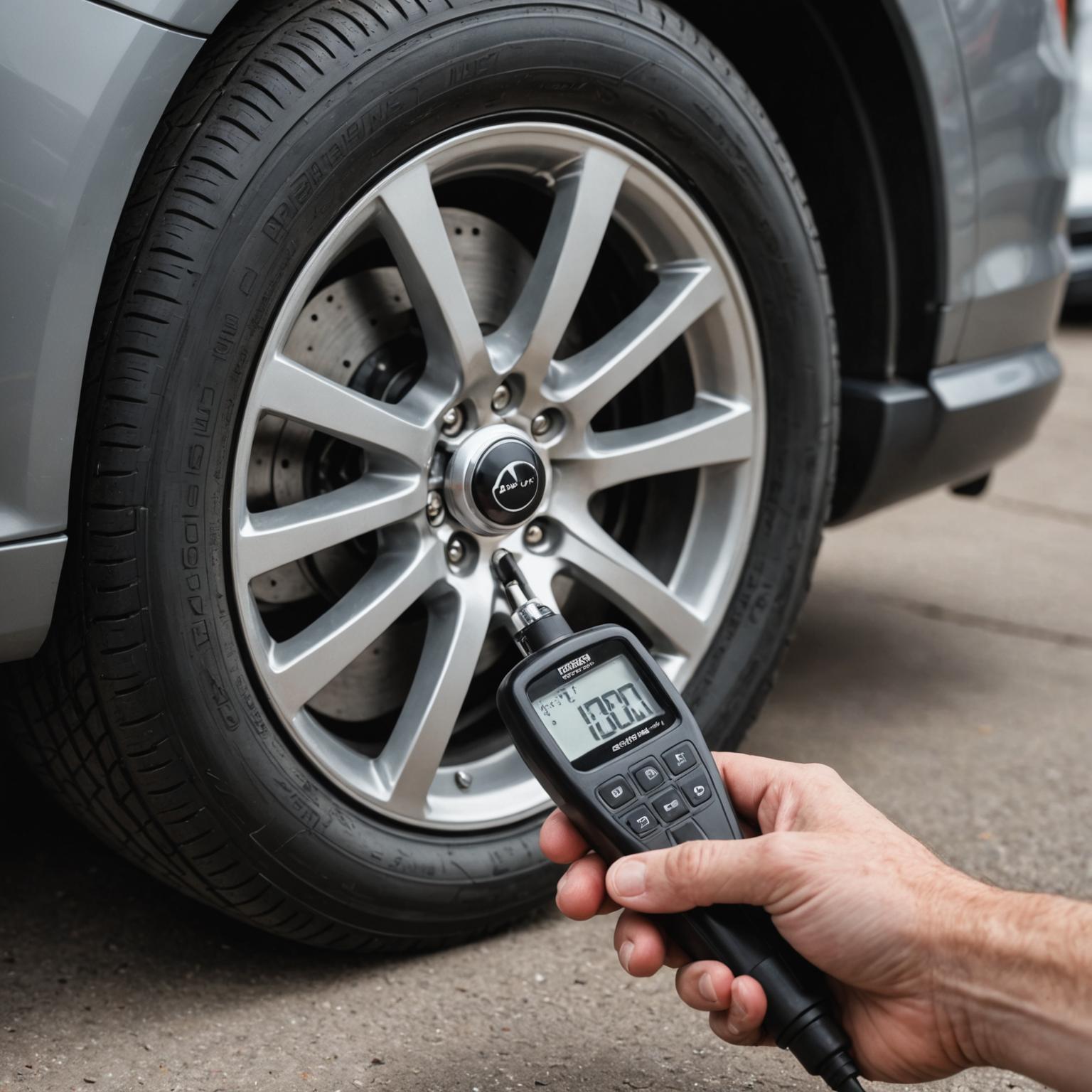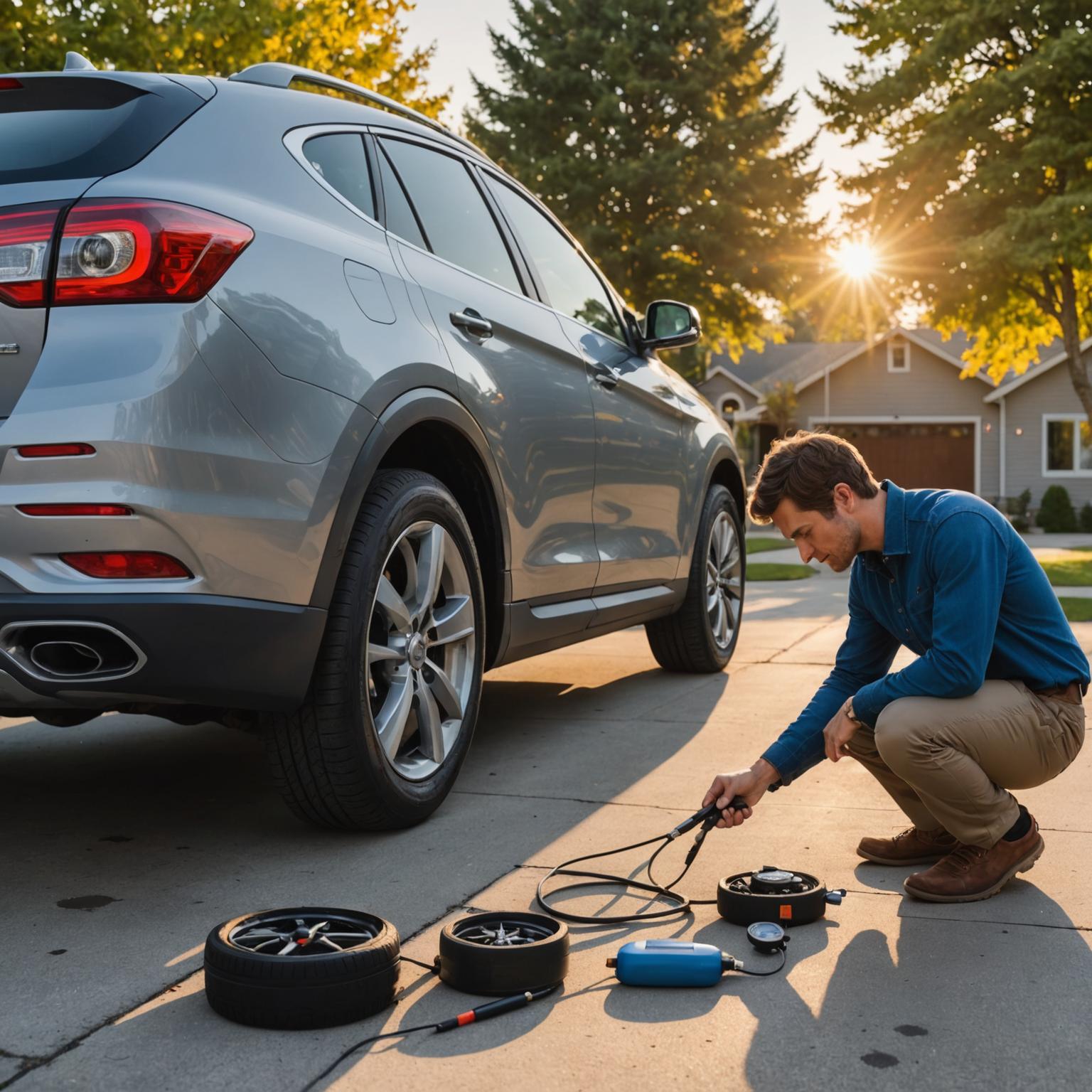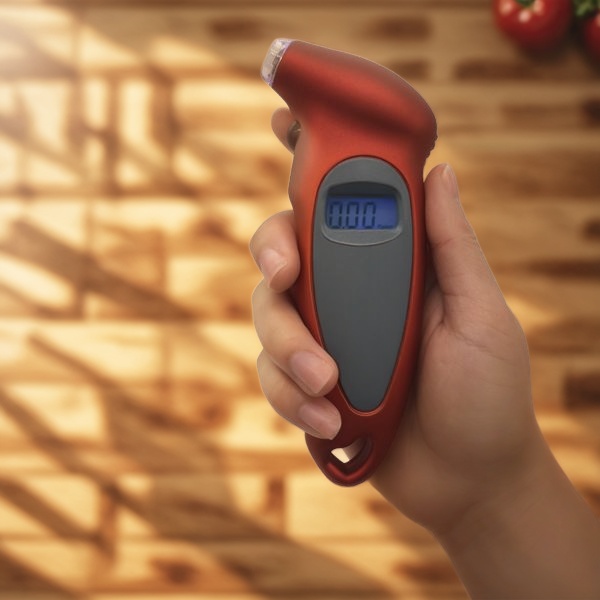The Importance of a Tire Pressure Gauge
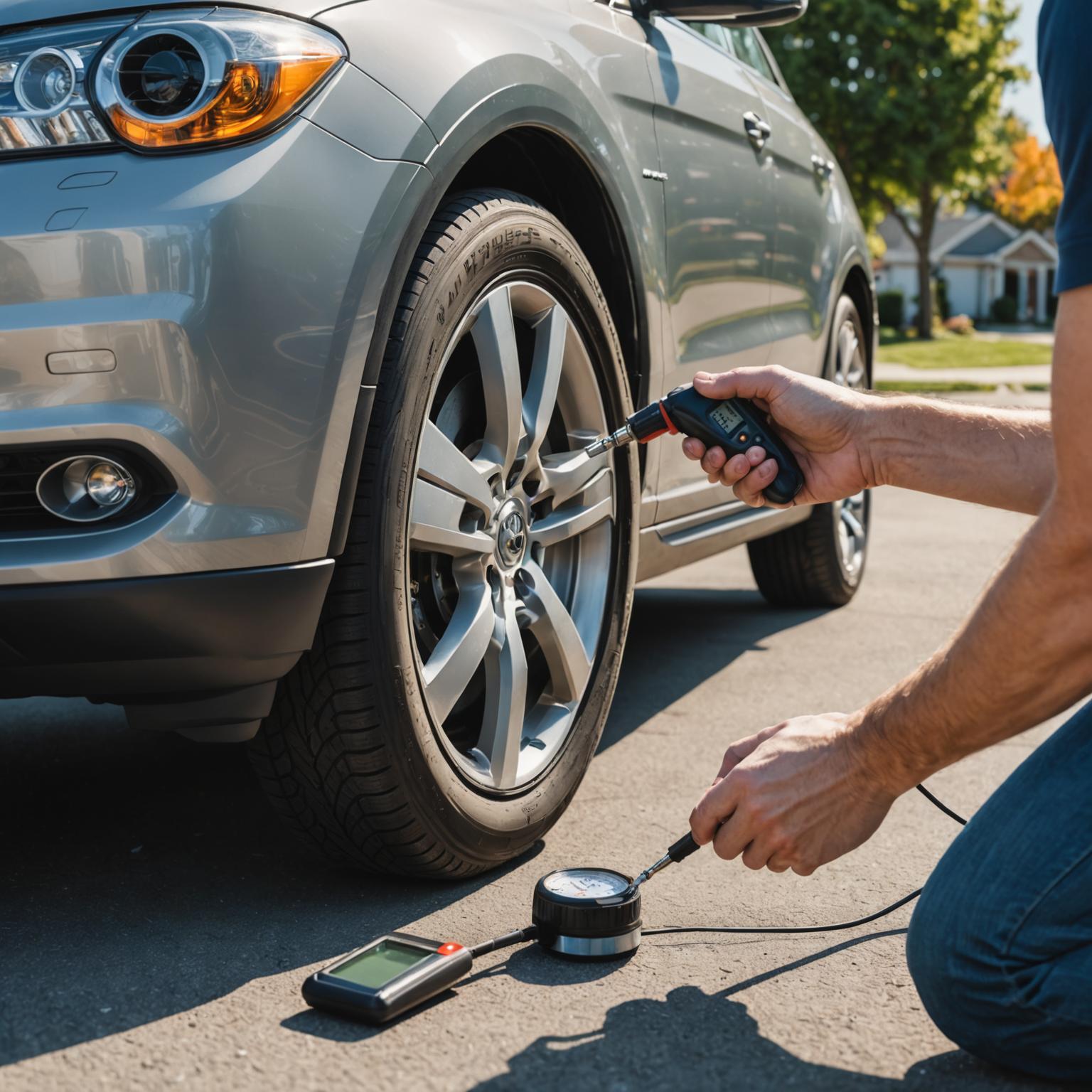
A tire pressure gauge is an essential tool for every vehicle owner to have. Ensuring your tires are properly inflated can significantly impact your vehicle's performance, safety, and fuel efficiency. Under-inflated tires can lead to poor fuel economy and increase the risk of tire blowouts, while over-inflated tires can affect the handling and ride comfort. Regularly checking your tire pressure can help avoid these issues, making a tire pressure gauge a must-have for any car enthusiast.
Benefits of Using a Tire Pressure Gauge
1. **Improved Fuel Efficiency**: One of the main benefits of using a tire pressure gauge is improved fuel efficiency. Studies have shown that properly inflated tires can improve your gas mileage by up to 3%. This means you’ll save money on fuel and reduce your carbon footprint by emitting fewer greenhouse gases.
2. **Enhanced Safety**: Over- or under-inflated tires can lead to dangerous driving conditions. By using a tire pressure gauge, you can ensure that all tires are at the recommended pressure, reducing the likelihood of tire failures and improving overall vehicle stability.
3. **Extended Tire Life**: Keeping your tires at the correct pressure helps to reduce uneven wear and tear, which can extend the life of your tires. By investing in a tire pressure gauge, you are not only prolonging the longevity of your tires but also saving money on replacements.
Types of Tire Pressure Gauges
There are several types of tire pressure gauges available on the market today:
1. **Stick Type**: The stick type is one of the most traditional forms of tire pressure gauges. These gauges are compact and easy to use, making them a popular choice among drivers who prefer a simple and straightforward option.
2. **Dial Type**: Dial tire pressure gauges are known for their precision and easy-to-read displays. These gauges resemble a clock face and are often favored by professional mechanics for their accuracy and reliability.
3. **Digital Type**: Digital tire pressure gauges are becoming increasingly popular due to their ease of use and precise readings. With a digital display, these gauges provide quick, accurate pressure readings, often with illuminated displays that are perfect for low-light conditions.
How to Use a Tire Pressure Gauge
Using a tire pressure gauge is straightforward. Here’s a quick guide to help you:
1. **Check the Manufacturer’s Recommendations**: Before checking your tire pressure, consult your vehicle’s manual or the tire information label located in the driver's side door jamb to determine the recommended pressure range for your tires.
2. **Remove the Valve Cap**: Unscrew the cap from the tire valve stem.
3. **Attach the Gauge**: Firmly press the tire pressure gauge onto the valve stem until the reading displays. If you’re using a stick or dial gauge, make sure the stick extends or the needle moves to give an accurate reading. For digital gauges, an electronic display will show the pressure reading.
4. **Read and Adjust**: Compare the gauge reading to the recommended tire pressure. If your tire requires more pressure, inflate it accordingly. If there’s too much air, release some by pressing the gauge against the valve stem and re-measure the pressure until it meets the recommended level.
5. **Replace the Valve Cap**: Once the correct tire pressure is achieved, replace the valve cap to keep the valve stem clean and free from dirt.
Conclusion
A tire pressure gauge is a valuable tool for maintaining your vehicle. By investing in a reliable gauge and regularly checking your tire pressure, you can enjoy a safer, more efficient driving experience while extending the life of your tires. Whether you choose a stick, dial, or digital gauge, having one in your vehicle toolkit is wise.

